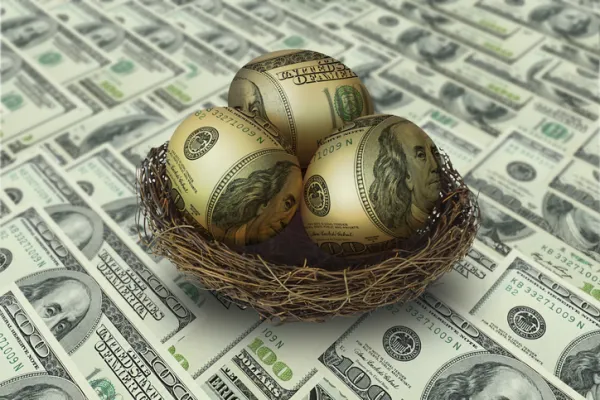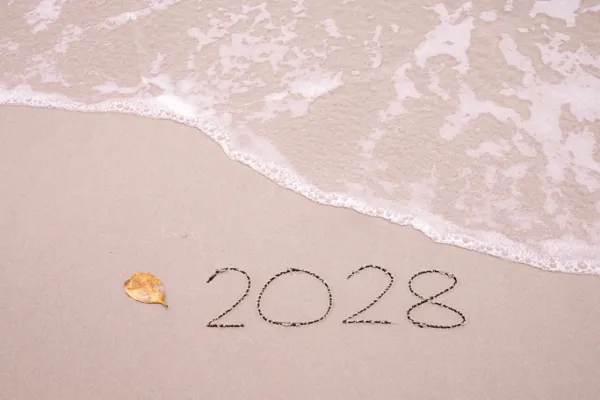The outcome of the latest meeting of the Federal Open Market Committee was roughly in line with expectations. The Federal Reserve’s policymaking body held the federal funds rate steady at a target range of 0.25 to 0.5 percent but sent the market a decidedly mixed message: A hawkish statement cited a robust economy and noted that the case for an increase in the federal funds rate in the near term has strengthened. At the same time, sweeping downward revisions to forecasts for policy rates and growth over the medium term were unambiguously dovish.
Perhaps most strikingly, there were three dissenting votes in favor of a rate increase at September’s meeting. With 14 of 17 FOMC members expecting at least one rate increase in 2016, the committee sent a clear signal of their preference for policy action in December. With end-of-year targets for unemployment and inflation close to being met, the rationale for a policy move in December is both clear and compelling.
So what did we learn from this week’s meeting?
Polarization is on the rise: The FOMC has been deeply divided for some time, but both hawks and doves appear to have hardened their positions at September’s meeting. As a result, the committee has become increasingly polarized, and the center consensus that has held sway since March is strained.
Although there has been only one vote in favor of raising rates at most meetings this year, this fact understates the extent of disagreement with the Fed’s patient approach. This is largely because of the Fed’s unwritten rule about dissent: As long as there is one dissenting vote, there is little need to cast another, because to do so would weaken the message of the majority view. By deviating from this custom and casting multiple votes in favor of raising rates, the hawks signaled their growing conviction for normalizing rates.
The number of FOMC members who expect no rate hikes at all in 2016 increased from one in June to three in September. That is, dovish FOMC members grew more entrenched in their position.
December may not be a done deal just yet: The committee’s hawkish tones in its statement are an unmistakable signal of the intent to raise rates at the last FOMC meeting of 2016. The three dissenting votes for raising rates in September just underline that conviction.
Yet the mid-December meeting is almost 12 weeks away. The intervening period is poised to be especially tumultuous for markets as political, economic and policy uncertainty will be elevated. The world may look very different by the time the FOMC convenes on December 13.
There are several significant risks the market is underestimating right now. Here are a couple:
Economic momentum is slowing. The FOMC painted a picture of a robust economy and prefers to move on the back of strong data. Yet there are several telling signs that economic momentum has slowed and that the window for raising rates may already be closing. For example, the Fed’s Labor Market Conditions index has declined in seven of eight months this year, a sign of a softening labor market. Other broad measures of economic activity have also weakened. August’s ISM nonmanufacturing survey, which tracks business activity in the critical U.S. services sector, fell to its lowest level since 2010. Any material slowdown in job growth or household spending would make rate hikes in December no longer viable.
Political events are likely to impact financial conditions. November’s presidential election is a major risk event for markets and will likely overshadow any policy coming out of the Fed that month — no matter what Fed chair Janet Yellen said at her press conference. The referendum in which the U.K. decided to exit the European Union this past June was a striking reminder that the outcome of national votes can be unpredictable and have a tremendous impact on currencies, spreads and rates. As November 8 draws near, the U.S. presidential election will no doubt become the focus of financial markets. The possibility of a victory by Republican contender Donald Trump has not been adequately priced into risky assets. As a result, a strong showing by Trump at upcoming debates or in late polling could rattle markets considerably and tighten financial conditions.
Without action by both houses of Congress, there is a looming risk of a government shutdown in October. Most political analysts expect a resolution to be reached in time, though the political brinksmanship played over U.S. federal budgets in the past has often translated into wild market gyrations.
Markets have gotten used to America’s political polarization in recent years. A polarized Fed would be something different and is likely to be an additional source of uncertainty for financial markets.
Shehriyar Antia is the founder and chief market strategist at Macro Insight Group, an investment strategy firm based in New York. Prior to founding MIG, he worked on quantitative easing programs and monetary policy as a senior market analyst at the Federal Reserve Bank of New York.
Get more on macro.






